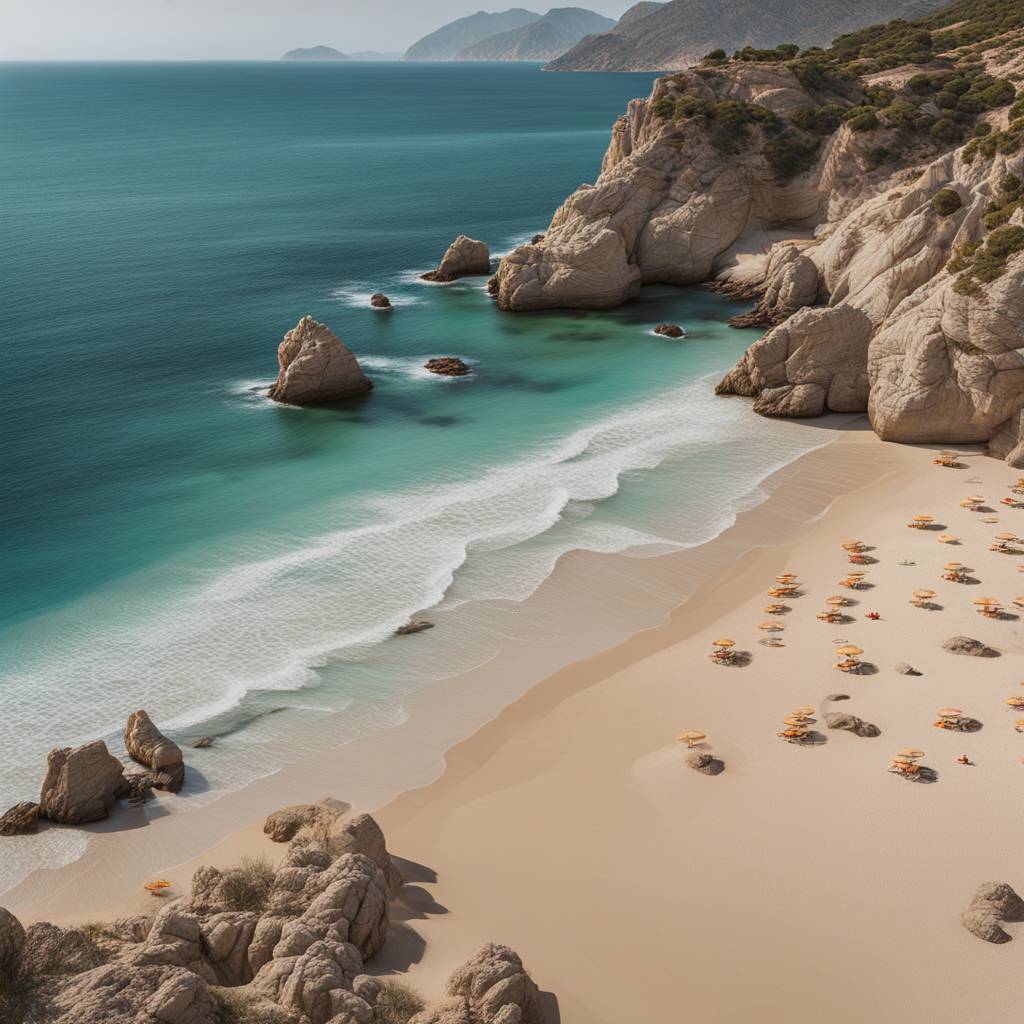Beachatlas, an AI-powered encyclopaedia of global beaches, has created a new ranking that goes beyond the typical focus on visual allure when determining the world’s best beaches. The ranking considered criteria such as value to the local community, diversity, equity, inclusion, lifestyle offerings, and cultural significance. Beachatlas used an algorithm to shortlist 100 beaches based on six criteria, including a traditional postcard-perfect image, nightlife options, inclusive amenities, and cultural importance. The shortlist was then ranked by a team of travel experts, influencers, bloggers, and journalists who provided their personal insights into each beach.
Reynisfjara in Iceland was named Europe’s top beach in the ranking, claiming the sixth spot overall. This iconic black sand beach is described as a testament to Iceland’s volcanic heart, formed by the clash of lava from the Katla volcano and the North Atlantic. The beach is known for its stunning basalt columns and surreal landscape that has attracted filmmakers and fans of various TV shows and movies. Reynisfjara was also recognized by National Geographic as one of the 21 best beaches in the world. Visitors should be cautious of sneaker waves, which can be dangerous and unpredictable, and the beach uses a light system to indicate safe zones for visitors.
One of the surprising entries on the Beachatlas ranking was Omaha Beach in Normandy, France, which claimed the 10th spot. This historic beach was a key site during the D-Day invasion of WWII by Allied forces. Despite its historical significance, Omaha Beach is now a peaceful destination with remnants of German bunkers and a stainless-steel sculpture, Les Braves, that pays tribute to American soldiers. The beach offers visitors a chance to explore the events that unfolded during this important moment in history. Omaha Beach may not be a typical sunbathing spot, but its cultural and historical significance earned it a place in the top 10 of the ranking.
The Beachatlas ranking aimed to highlight beaches that are not only visually appealing but also contribute to the local community and offer unique experiences. The selection process considered factors such as ecological richness, diverse natural formations, and cultural importance. Beaches that added value to their cities’ identities and social life, in addition to being tourist attractions, were prioritized in the ranking. This approach allowed for a more comprehensive evaluation of beaches worldwide and showcased destinations that offer more than just sun and sand to visitors.
The ranking process involved an extensive team of travel experts, influencers, bloggers, and journalists who provided their personal insights into the 100 shortlisted beaches. This collaborative effort helped to create a diverse and well-rounded list of top beaches that represent a range of cultures, environments, and experiences. By combining the expertise of industry professionals with AI-powered technology, Beachatlas was able to offer a unique perspective on the world’s best beaches, going beyond the superficial beauty to explore the deeper significance and value of each destination.
In addition to Reynisfjara and Omaha Beach, the Beachatlas ranking featured a variety of other top beaches from around the world that were selected based on their contributions to their communities, cultural importance, and natural diversity. By expanding the criteria beyond visual appeal, the ranking offered a more comprehensive view of what makes a beach truly exceptional. This innovative approach to beach rankings has provided travelers with a new way to discover and appreciate the world’s coastlines, highlighting destinations that offer both beauty and substance to visitors seeking unique and meaningful experiences by the sea.









